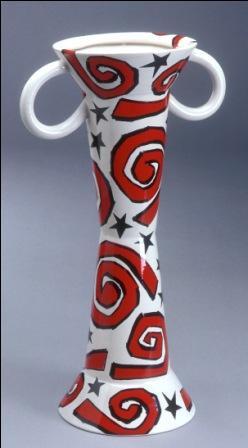Hints of history in a tiny accessory
Cole History Centre

This brooch is understood to have been created in Australia, as it contains highly localised materials. The earliest known holder was Daisy Kruger of Roebourne. The brooch's period of manufacture is unknown, but there are several possibilities. Daisy's father William Kruger was a gold panner in South Australia, one of many attracted by the 1860s gold rush. It is possible he acquired the brooch, or just the opal, while there. He later travelled to Western Australia in the Halls Creek 1885 rush and then settled in Roebourne, marrying the daughter of one of the first prospectors in the area. Daisy was born in Roebourne 1905 and lived there till 1927. Her father William became the Mayor of Roebourne and the family still held property rights to a gold mine. It is possible that the brooch was commissioned to be made with local Roebourne gold by the now wealthy William for his wife or for Daisy. The object is a small ornamental brooch. It is a long panel of gold that comes to two arrow points, with an ovular opal set in the centre. The panel is decorated with minute floral patterns, both carved into the gold and fixed onto it. Identical curls of coiled metal crown the long edges. The white opal, often called a ‘Coober Pedy’ opal, is particularly common to central South Australia and is considered the least valuable tone of opal. Precious metal stamps have been pressed into the back of the brooch, but have been almost worn smooth. A jeweller’s assessment suggested the faintly visible ‘5’ may indicate a 25 carat gold rating. The brooch has a rudimentary quality, as though it were crafted by a journeyman jeweller. It is an example of European craftsmanship that may predate the country’s federation. Statement of significance: This object is an example of possible pre-Federation Australian craftsmanship. It also belonged to a mayoral of family of significance in historical Roebourne.
